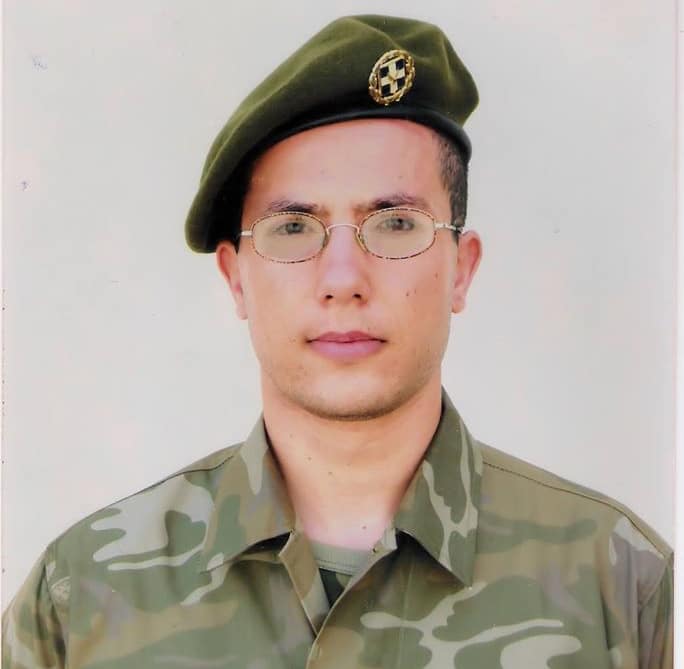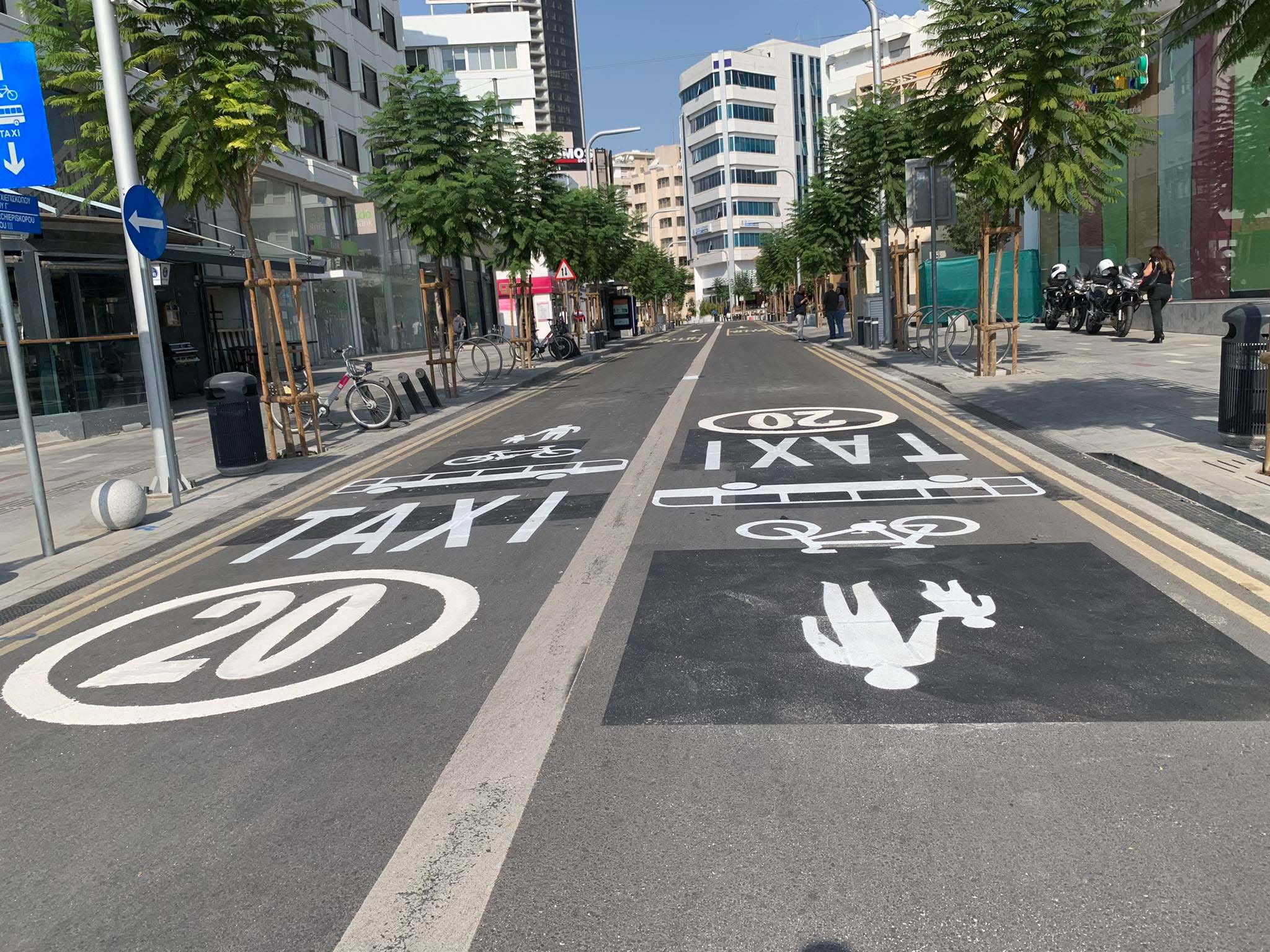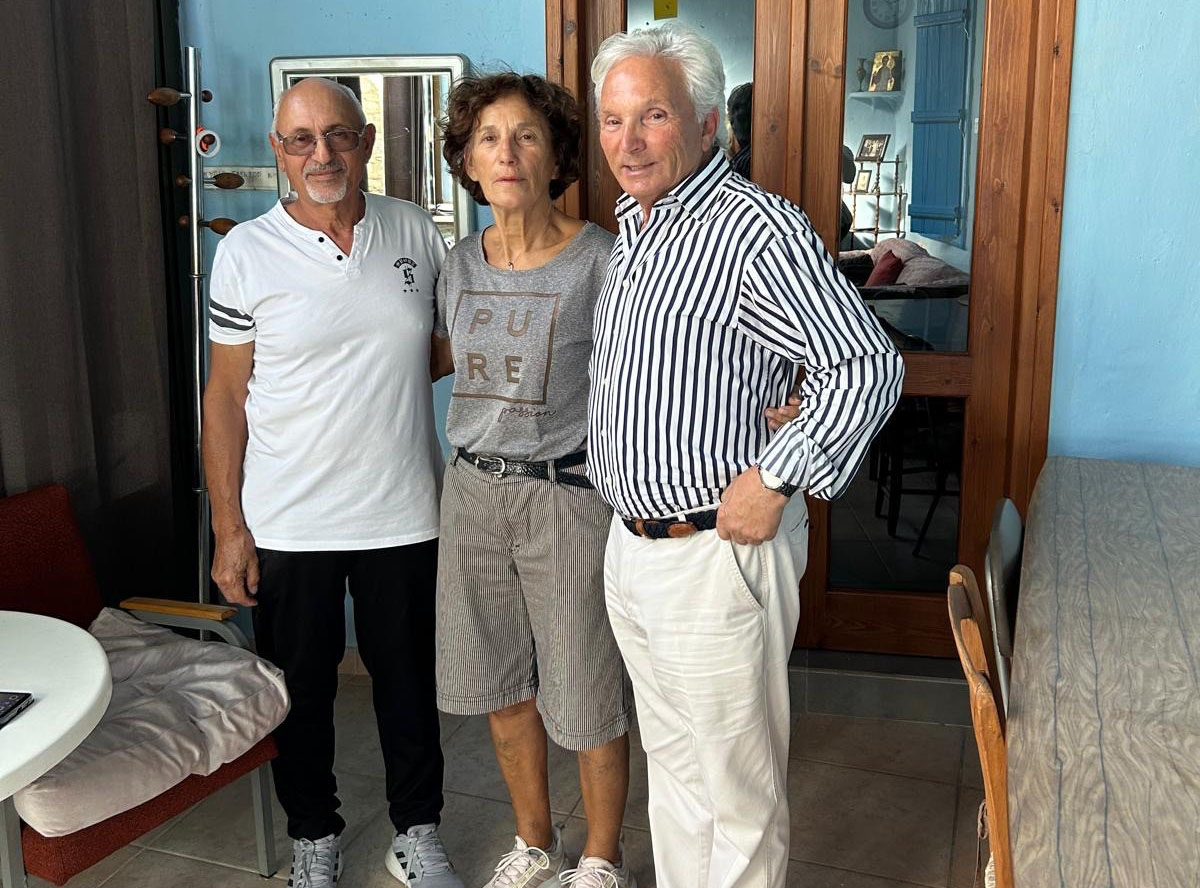State health services organisation (Okypy) spokesman Charalambos Charilaou on Friday expressed fury at the police, after deputy police chief Panicos Stavrou had written in a memorandum to parliament on Thursday night criticising the fact that there was no ambulance stationed near the coordination centre during the wildfire which tore through the Limassol district and killed two people last month.
“Did they want us to park an ambulance outside the coordination centre to give them Panadol?”, he asked during an appearance on CyBC radio, before expanding on his position later in the day in an interview with newspaper Phileleftheros.
“The ambulance service was present and covered the entire area with nine ambulances. We deployed rescue vehicles. We had designated personnel for the possibility of airlifting patients and removing them from the fire area. We set up a first aid station in Kyvides. Our personnel were in danger when the fire spread and the first aid centre was transferred to Erimi,” he said.
He added that there had been representative of the ambulance service at the coordination centre “at all times”, and that the ambulances themselves “were in the field, providing first aid to people”.
“It is not possible for anyone to question the presence of the ambulances. We can prove to them where each ambulance was at any given moment. Our ambulances have GPS and through this we can refute reports that they were absent,” he said.
He added, “with all this data, and with what is recorded electronically, no one can question the response of either the ambulance service or Okypy in general”.
“The police must immediately retract what they state in their report. What they said does not correspond to reality,” he said.
Stavrou’s memorandum had stated that the crisis management centre had “received a large number of telephone calls for the provision of first aid care to those affected by the fire”.
“The presence of ambulances at the scene of the fire or at least at the site of the crisis management centre is imperative,” he wrote, thus insinuating that ambulances were not present where they should have been.
His memorandum also criticised journalists who attended the coordination centre, saying they had “been observed approaching [the centre] to take statements or to ask questions about the incident”, and that this “created problems and confrontations”.
“Journalists should be assisted in carrying out their work, but this should be done in an area away from the coordination centre … and under the supervision of the police or firefighters,” he wrote.







Click here to change your cookie preferences